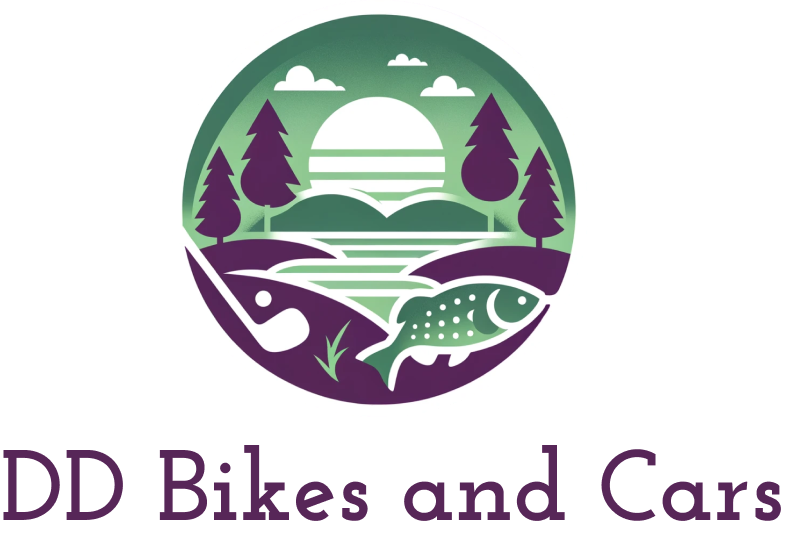In the bustling arteries of urban centers worldwide, the quest for efficient and convenient commuting options is ever-present. Amid the plethora of choices, motorcycles emerge as a compelling solution, offering a unique blend of agility, economy, and enjoyment. This article delves into the nuances of using motorcycles for daily commutes or educational pursuits within the urban tapestry, shedding light on their benefits, considerations, and the profound impact they can have on the urban commuting experience.
The allure of motorcycle commuting begins with its unmatched ability to navigate through traffic. Motorcycles’ slender profiles allow for easier maneuvering in congested streets, significantly reducing travel times compared to traditional four-wheeled vehicles. This agility not only enables riders to maintain a more predictable schedule but also contributes to the overall reduction of traffic congestion, presenting a win-win for both the individual commuter and the broader urban community.
Economic advantages further solidify motorcycles’ status as an attractive urban commuting option. Generally, motorcycles are more affordable to purchase, insure, and maintain than cars, translating into considerable savings for daily commuters. Fuel efficiency is another major plus, with motorcycles typically offering superior mileage compared to cars, thereby lowering the cost per kilometer and reducing the environmental footprint—a pertinent consideration in today’s eco-conscious society.
The experiential aspect of motorcycle commuting cannot be overlooked. Unlike the passive experience of being ensconced in a car, riding a motorcycle immerses the individual in their surroundings, fostering a greater connection with the city’s rhythm and vibe. This dynamic interaction with the environment can transform mundane daily commutes into exhilarating journeys, enriching the rider’s daily life and potentially boosting mental well-being by turning a routine task into a more engaging experience.
However, embracing motorcycles as a primary mode of urban transportation necessitates addressing several important considerations. Safety is paramount, with urban environments presenting unique challenges such as dense traffic, pedestrians, and varied road conditions. Motorcyclists must therefore be vigilant, well-trained in defensive riding techniques, and always equipped with appropriate safety gear, including helmets, gloves, and protective clothing. Furthermore, the reality of weather conditions and the lack of carrying capacity compared to cars are practical concerns that riders must plan for, potentially requiring adjustments in their commuting habits and personal logistics.
The integration of motorcycles into the urban commuting ecosystem also depends on supportive infrastructure and policies. Adequate parking spaces, dedicated lanes, and traffic regulations that acknowledge motorcycles’ role in the transportation mix are critical for fostering a safe and efficient environment for two-wheeled commuters. Cities leading in motorcycle-friendly initiatives often witness a more harmonious coexistence between different modes of transportation, exemplifying the potential for motorcycles to contribute positively to urban mobility solutions.
In conclusion, motorcycles offer a viable and appealing alternative for navigating the complexities of urban commuting. Their benefits extend beyond individual convenience, suggesting a role in alleviating broader urban transportation challenges. However, realizing their full potential requires a holistic approach that encompasses rider education, safety emphasis, and infrastructural support. As urban centers continue to evolve, the integration of motorcycles into the commuting landscape presents an opportunity to redefine mobility, enhance urban life, and pave the way for more sustainable, efficient, and enjoyable transportation solutions. Embracing motorcycles for commuting or educational pursuits thus emerges not just as a personal choice, but as a forward-looking adaptation to the demands of contemporary urban living.
